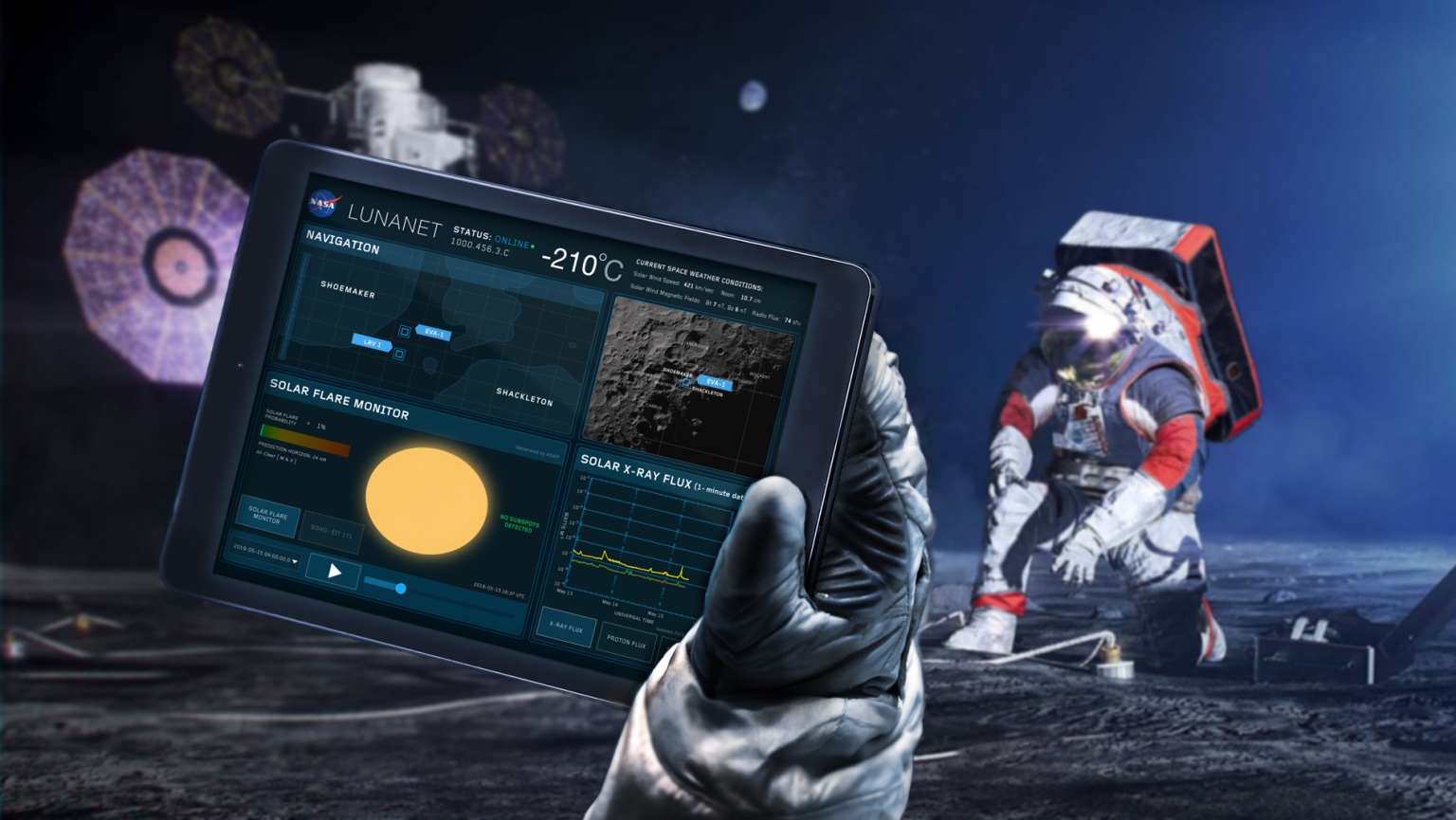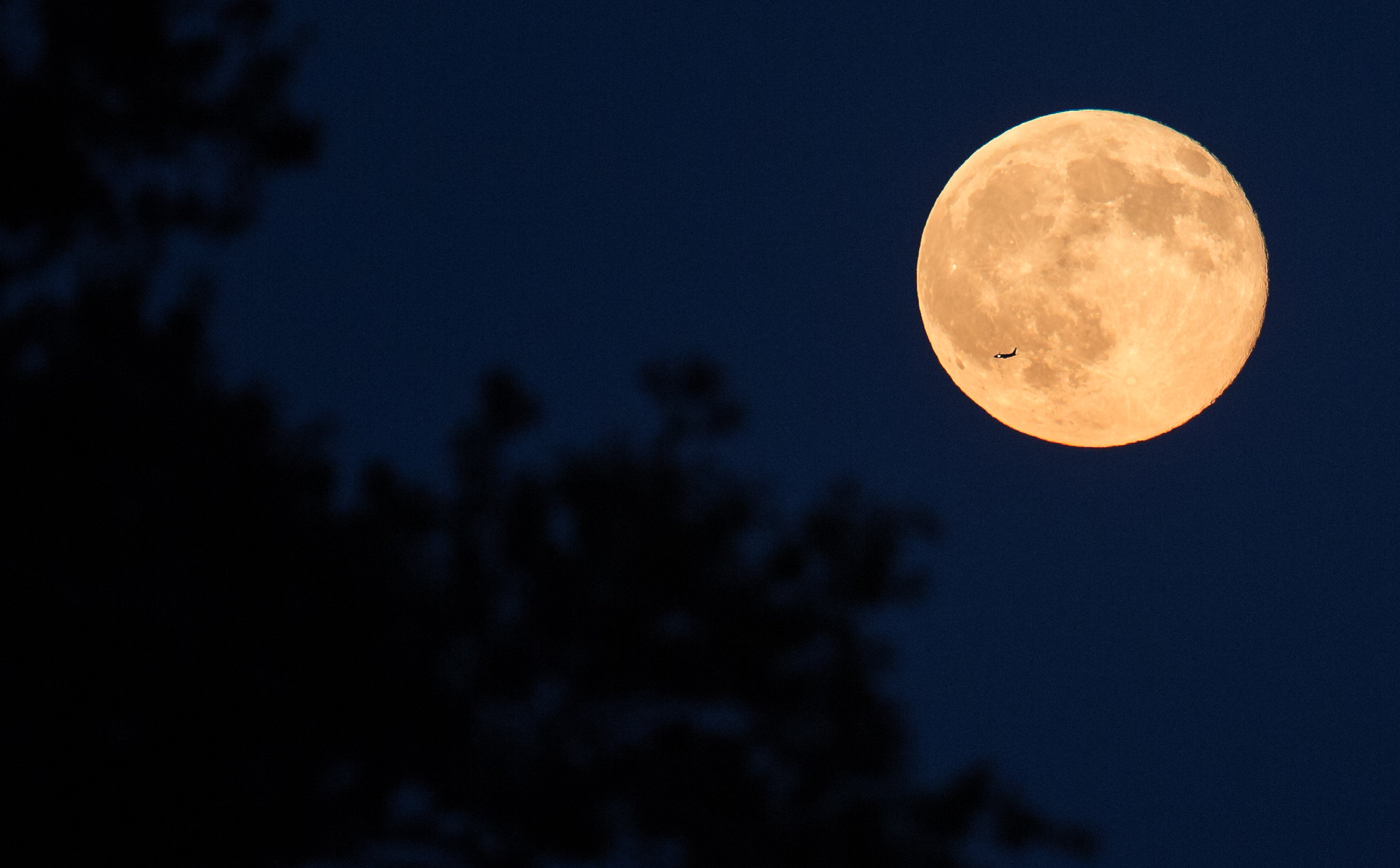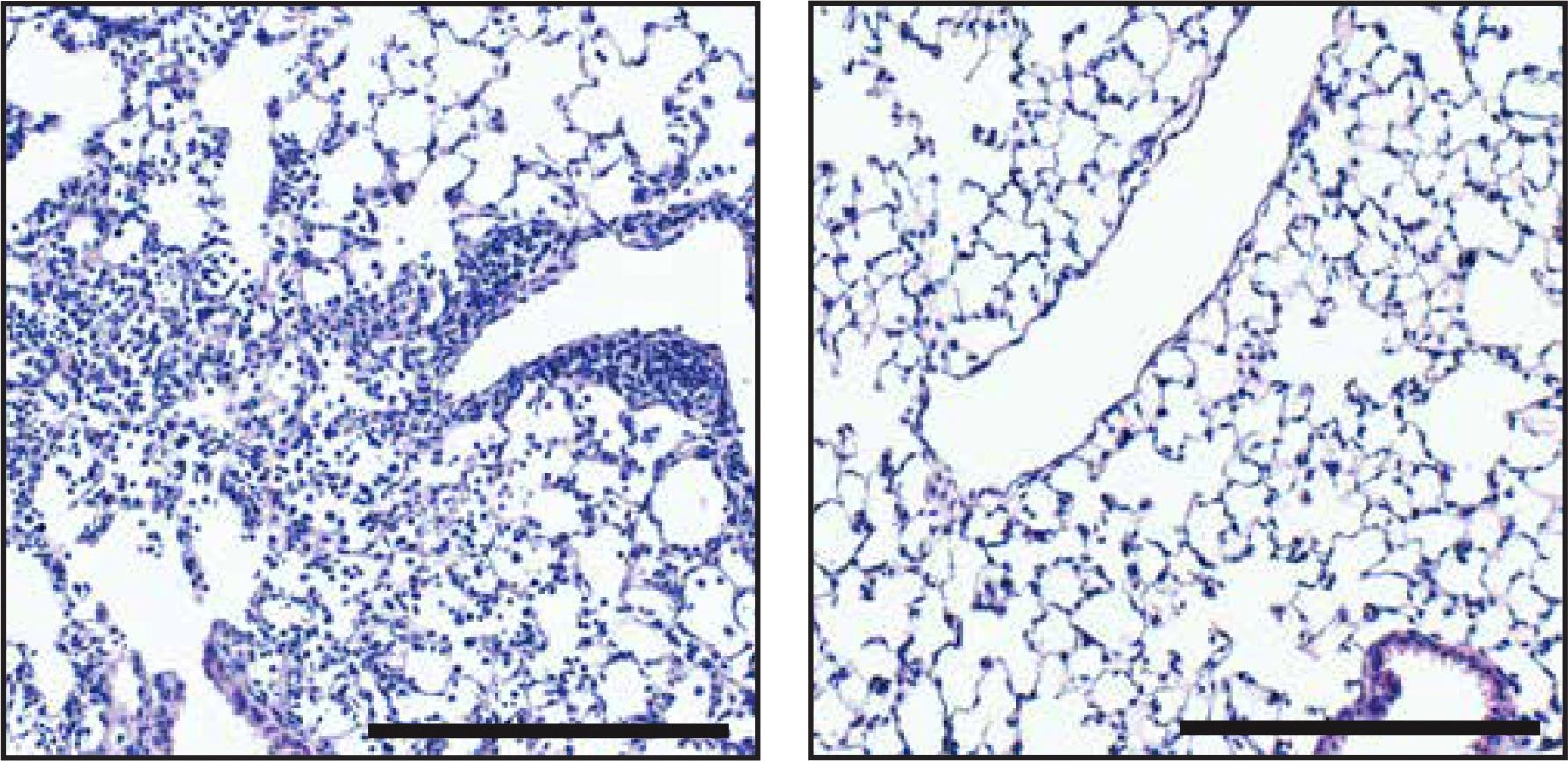Using images from the NASA/ESA Hubble Space Telescope and the NASA/ESA/CSA James Webb Space Telescope, astronomers have produced a new 3D visualization of the Pillars of Creation, three towers of gas and dust within the Eagle Nebula.
The Pillars of Creation are three towers of gas and dust located some 6,500 light-years away in the constellation of Serpens.
They are a fascinating but relatively small feature of the Eagle Nebula (also known as Messier 16), which was discovered in 1745 by the Swiss astronomer Jean-Philippe Loys de Chéseaux.
The Pillars of Creation are approximately 4-5 light-years long, while the nebula is 55-70 light-years wide.
They arise when immense, freshly formed blue-white O- and B-type stars give off intense ultraviolet radiation and stellar winds that blow away less dense materials from their vicinity.
“By flying past and amongst the pillars, viewers experience their 3D structure and see how they look different in the Hubble visible-light view versus the Webb infrared-light view,” said Dr. Frank Summers, principal visualization scientist at the Space Telescope Science Institute.
“The contrast helps them understand why we have more than one space telescope to observe different aspects of the same object.”
“The four Pillars of Creation, made primarily of cool molecular hydrogen and dust, are being eroded by the fierce winds and punishing ultraviolet light of nearby hot, young stars.”
“Finger-like structures larger than the Solar System protrude from the tops of the pillars. Within these fingers can be embedded, embryonic stars.”
“The tallest pillar stretches across 3 light-years, three-quarters of the distance between our Sun and the next nearest star.”
A mosaic of visible-light (Hubble) and infrared-light (Webb) views of the same frame from the Pillars of Creation visualization. Image credit: Greg Bacon / Ralf Crawford / Joseph DePasquale / Leah Hustak / Christian Nieves / Joseph Olmsted / Alyssa Pagan / Frank Summers, STScI / NASA’s Universe of Learning.
The movie takes visitors into the 3D structures of the Pillars of Creation.
“The Pillars of Creation were always on our minds to create in 3D,” said Dr. Greg Bacon, also from the Space Telescope Science Institute.
“Webb data in combination with Hubble data allowed us to see the Pillars in more complete detail.”
“Understanding the science and how to best represent it allowed our small, talented team to meet the challenge of visualizing this iconic structure.”
The new visualization helps viewers experience how two of the world’s most powerful space telescopes work together to provide a more complex and holistic portrait of the pillars.
Hubble sees objects that glow in visible light, at thousands of degrees. Webb’s infrared vision, which is sensitive to cooler objects with temperatures of just hundreds of degrees, pierces through obscuring dust to see stars embedded in the pillars.
“When we combine observations from NASA’s space telescopes across different wavelengths of light, we broaden our understanding of the Universe,” said Dr. Mark Clampin, astrophysics division director at NASA Headquarters.
“The Pillars of Creation region continues to offer us new insights that hone our understanding of how stars form.”
“Now, with this new visualization, everyone can experience this rich, captivating landscape in a new way.”
Note: This article have been indexed to our site. We do not claim legitimacy, ownership or copyright of any of the content above. To see the article at original source Click Here














